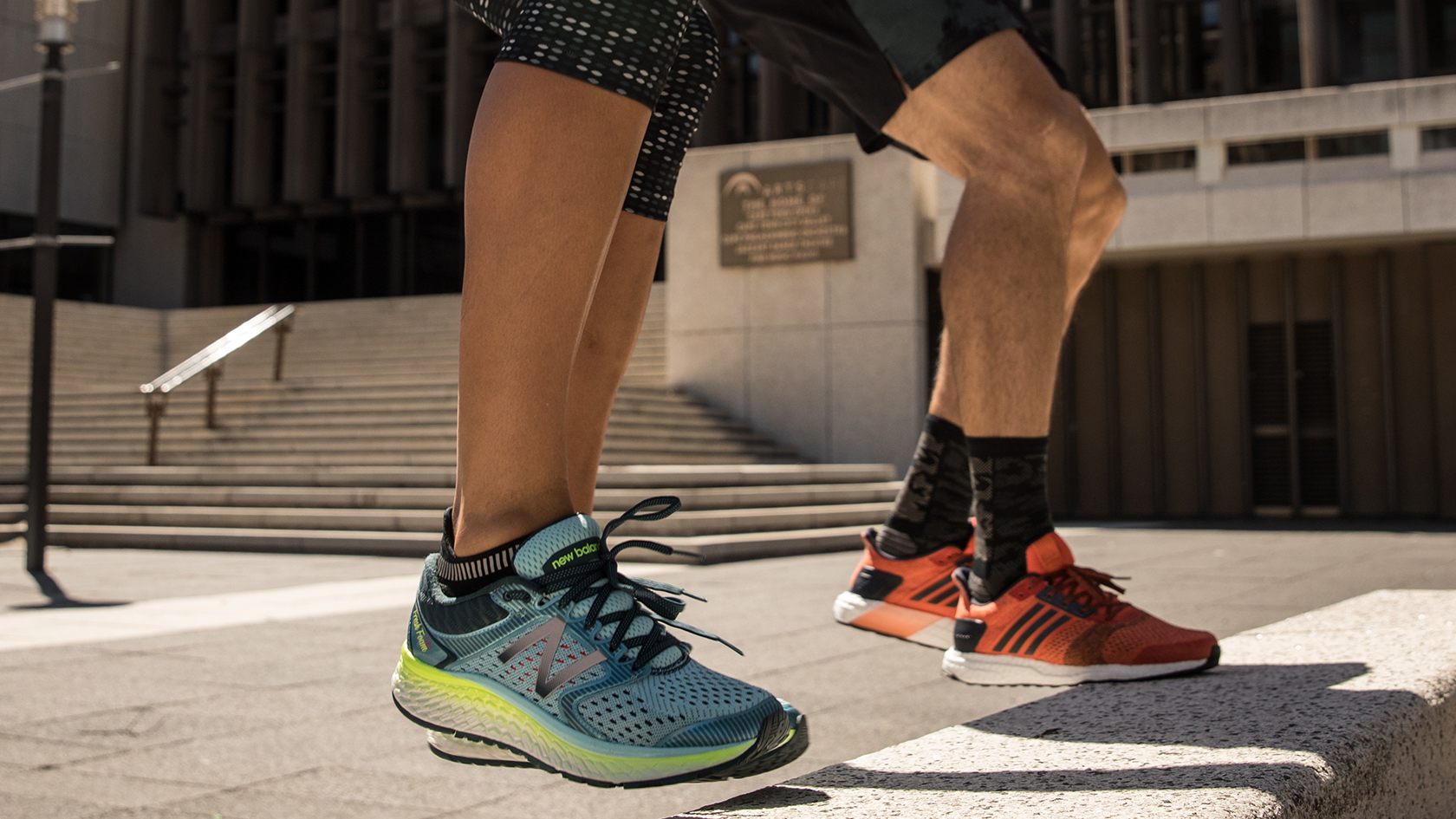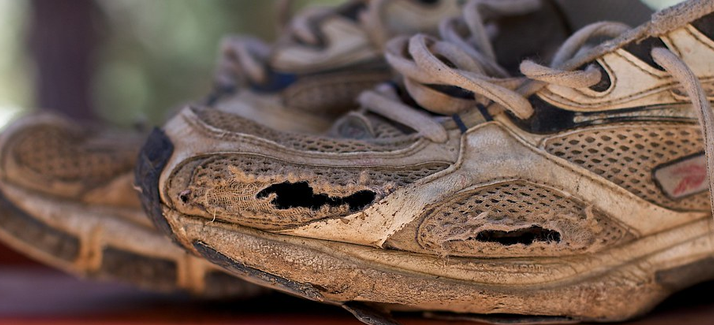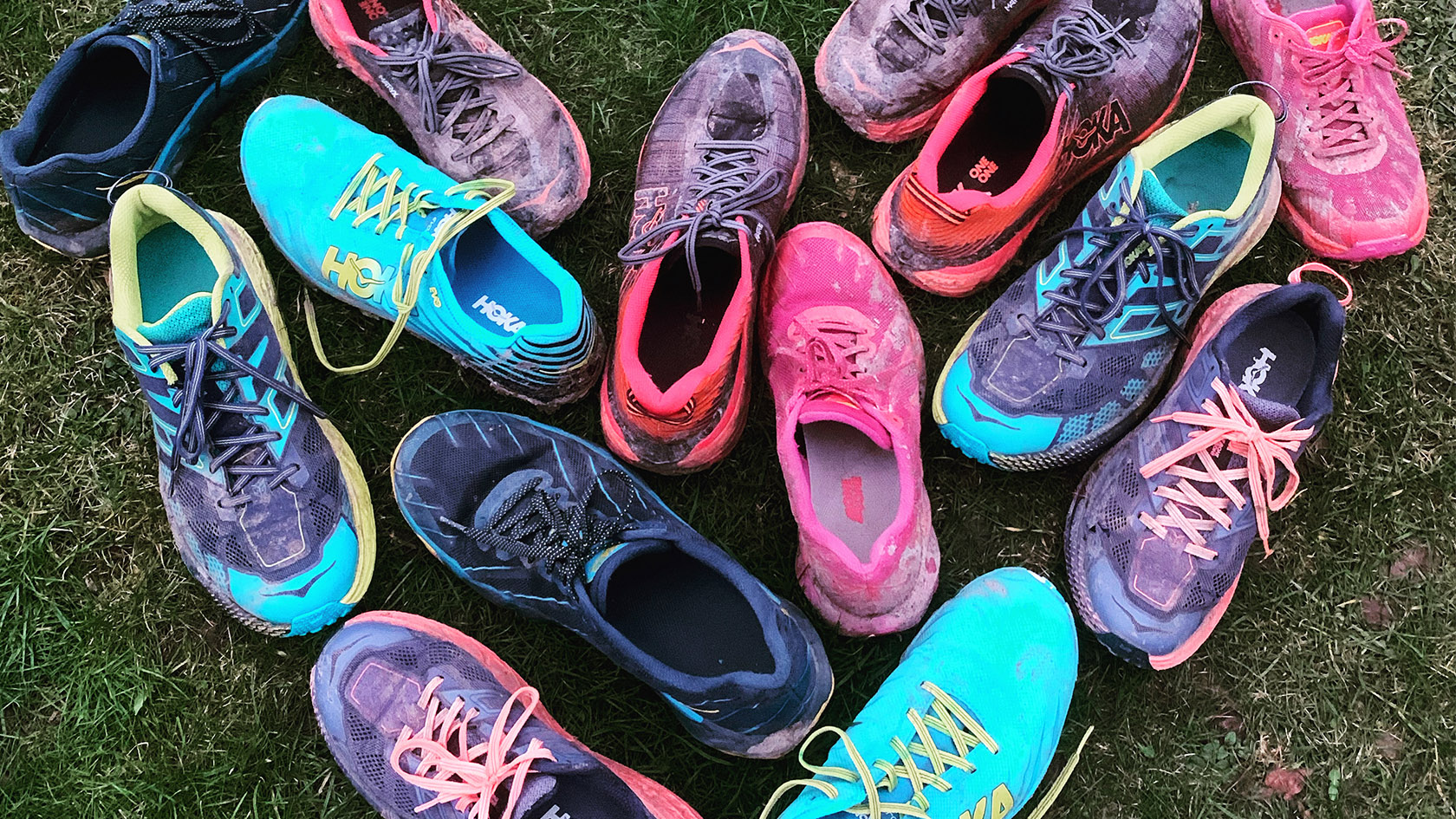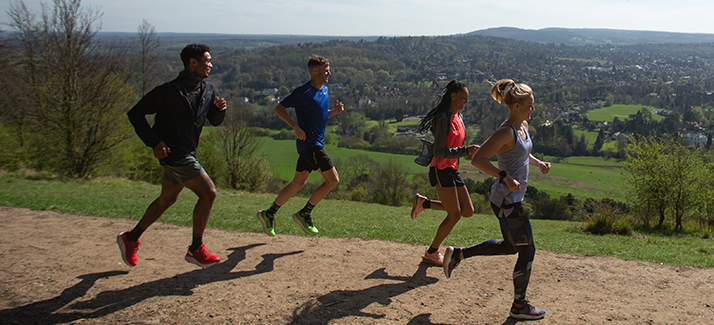GAIT ANALYSIS EXPLAINED
Let our expert staff help put you in the right running shoes...

Gait Analysis is a service we provide at all Runners Need stores to help determine the best shoe for you. An expert rear-view Gait Analysis appointment is free with the purchase of running footwear in-store or online within 30 days - otherwise, this service costs £15. We also offer an optional side-view analysis at an additional cost.
To help start the gait analysis process with you, we will first talk to you about your current running style, any future running goals, events, or aspirations you have planned, and any previous injuries that may affect how you run.
What does an average Gait Analysis appointment look like?
An in-store Gait Analysis appointment at Runners Need takes around 30 minutes and will require you to run at a steady pace for around 15 seconds in a neutral shoe chosen by our experts. We advise booking a slot in advance, which you can do here.
To begin, you’ll be placed in a neutral shoe and run on our treadmill for 10–15 seconds—a duration set by OCHY’s technology to offer precision without the need for lengthy recordings. OCHY’s AI-powered platform enables us to assess your running style quickly and accurately, capturing how you move and how your feet land, which helps our experts understand your natural gait and recommend shoes that best match your movement patterns. Unlike older methods that relied on manual observation or hardware, OCHY brings instant, science-based analysis and lets us avoid outdated ideas around ‘misalignment’—focusing instead on supporting your individual running style.
After your run is recorded, we’ll show frame-by-frame replays of your session, alongside key metrics and analytical data. OCHY technology provides a full-body view from both rear and side perspectives, allowing us to share insights into your running mechanics, posture, and efficiency using research-backed movement data.
Runners Need stocks a wide selection of road, race, and trail running shoes, so there’s something for every runner in store. From minimal racing shoes to highly cushioned options for daily mileage, we offer leading brands tailored to every style.
Using the data from your gait analysis and preferences, we will pull a few shoes from our extensive range that we believe will best suit you and your goals for you to try and experience. Comfort and support are key for the mileage you're planning to run. Depending on your running style, stability elements in a shoe may help control the movement inwards at the ankles. It's why it's great to come and experience these shoes in-store to help find the perfect shoe for you and your running goals.
All Runners Need stores offer Gait Analysis
To get your gait analysed, just find your nearest Runners Need store and book your appointment here.
Step into innovation with our 3D Foot Scan service, available when you book a Gait Analysis appointment at select stores.
Our 3D Foot Scanning service uses cutting-edge technology powered by Volumental to create a detailed 3D model of your feet. After stepping on the scanner, our 3D Foot Scanner gathers precise measurements in seconds, giving insight into your unique foot shape and size. This data helps our experts identify the perfect shoes to match your unique profile, ensuring your new footwear is comfortable from the get-go - so you can confidently chase your running goals.
Understanding pronation: Neutral, Under, and Overpronation
Pronation refers to how your foot rolls inwards as it strikes the floor while moving. Pronation is your body’s way of distributing impact as you move and is a natural part of your gait cycle. Understanding your pronation is vital to selecting the correct type of running shoe for you and your run.
There are three pronation types:
OVERPRONATION

Overpronation is when the foot rolls too far inward after landing, shifting weight toward the inside edge. This is common and not a cause for concern, but knowing you overpronate helps in choosing shoes with supportive features for greater comfort while running.
UNDERPRONATION

Underpronation happens when the foot rolls inward less than usual, putting more force on the outer edge. It’s often linked to higher arches, but anyone can underpronate. Spotting this pattern allows for shoes with extra cushioning and flexibility along the outer foot.
NEUTRAL

Neutral pronation describes the foot rolling slightly inward to distribute impact evenly, naturally and efficiently during running. This motion supports balanced shock absorption and suits a wide variety of running shoes for most runners.
Important advice to remember:
- The most expensive shoe isn’t necessarily the right pair for you. Don’t be tempted into thinking that a higher price equals a better shoe.
Shoes that feel comfortable walking about the shop floor might not necessarily feel that way when running. Ensure you always take the shoes you intend to buy onto our treadmill in-store for a test run. - Ask our expert about size. Sizes vary across different brands, and our experts can make recommendations that will suit your individual foot shape and profile
- Shoes that feel comfortable walking about the shop floor might not necessarily feel that way when running. Ensure you always take the shoes you intend to buy onto our treadmill in-store for a test run.
Frequently Asked Questions
Absolutely! A gait analysis will help you to understand the way you run and your individual needs. Visit one of our stores to see which shoes work best for your unique running style.
We recommend having a Gait Analysis appointment annually to adapt to your ever-changing running style, PB goals, and aspirations.
Generally, you should seek to replace your running shoes every 300-500 miles, depending on your weight and the surface you run on. For someone who runs three miles three times a week, this would roughly be a new pair of running shoes every 10 to 12 months.
Your running shoes should be comfortable from the moment you put them on. Breaking them in won’t change the way they fit, so if you’re getting blisters or the shoes are rubbing, they’re probably the wrong size. Or take a look at the socks you are wearing.
Over 18's Only - We do not offer Gait Analysis for under 18's as their feet are still developing and growing.
Related Articles







